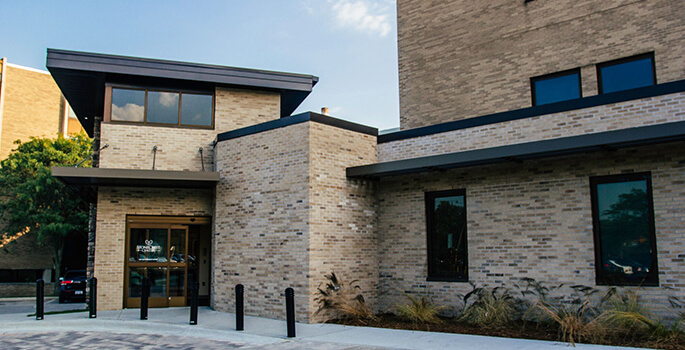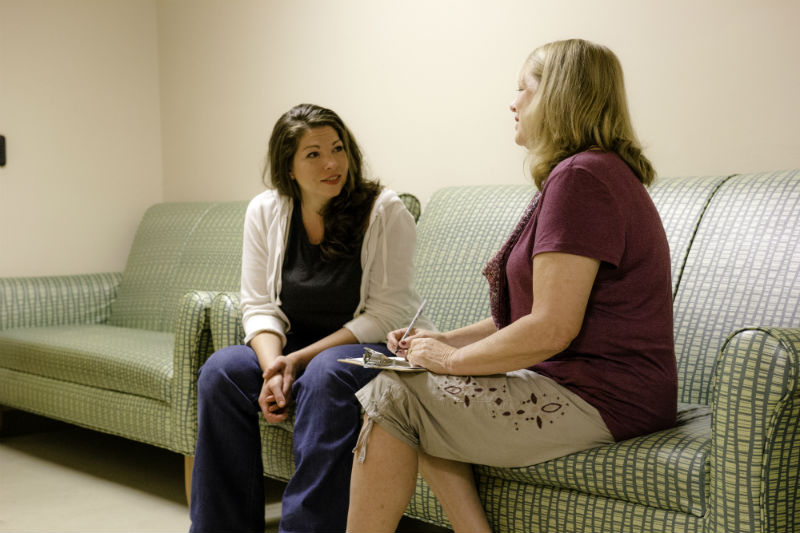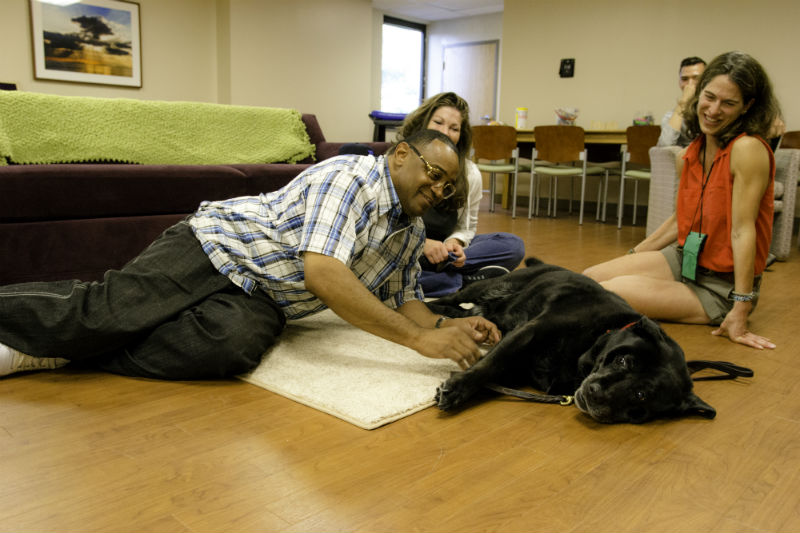No one experiences autism spectrum disorder the same way as someone else. Understanding the signs, symptoms, and side effects of autism spectrum disorder is a key component toward finding help.
Understanding Autism
Learn about autism spectrum disorder
Autism spectrum disorders (ASD) refer to a group of neurological disorders that are characterized by the presence of persistent deficits in social interaction and communication, as well as a tendency to participate in repetitive behaviors. ASD can also be associated with the presence of intellectual disabilities, difficulties in motor coordination, difficulties in attention, and physical health issues. However, not everyone with autism will experience such symptoms. Some individuals have extremely high IQs and excel in visual skills and in things such as music, art, and math.
While the initial presentation of symptoms is typically most notable during early childhood, they exist from the time of infancy. The severity of symptoms vary greatly across this spectrum of disorders, with some individuals being classified as high functioning and others considered to be low functioning. Regardless of their level of functioning, everyone with an autism spectrum disorder will likely experience disruption in some area of their lives and can therefore greatly benefit from therapeutic treatment.
Statistics
Autism spectrum disorder statistics
According to the Centers for Disease Control and Prevention (CDC), estimates indicate that 1 in every 68 children has been diagnosed with an autism spectrum disorder. While autism can occur in anyone, regardless of race, ethnicity, or socioeconomic status, it is said to be diagnosed four times more often in boys than girls, affecting an estimated 1 in every 42 boys.
Causes and Risk Factors
Causes and risk factors for autism spectrum disorder
Thorough research has shown that there is not one direct cause that leads to the development of autism. While studies continue to expand, it is most commonly agreed upon by professionals in the field that the majority of cases of autism involve a complex combination of various factors working together that influence brain development and lead to the development of autism.
Genetic: Most scientists are in agreement that genes play a major role in determining whether or not a person is likely to develop ASD. According to autismspeaks.org, bodies of research have identified more than 100 genes that can place individuals at a direct risk of developing autism. Additionally, research has shown that children who have a sibling with autism are more likely to have autism themselves.
Physical: Growing bodies of research suggest that the very early stages of brain development are highly attributable to the onset of autism. When there are problems with the development of the brain and nervous system, the result can be the onset of symptoms of autism.
Environmental: Researchers believe that there are a variety of environmental factors that can place an individual at a higher risk of developing autism. The majority of these factors are believed to occur while still in utero. When women are exposed to certain air pollutants or pesticides while pregnant, or who have diabetes or contract an infection while pregnant, they are believed to be placing their child at a greater risk for developing autism. Additionally, being born premature, having an extremely low birth weight, or going through other complications during the birthing process can also be attributed to the development of autism in some cases.
Risk Factors:
- Being male
- Advanced parental age
- Fetal exposure to valproate (medication prescribed to treat seizures or mood disorders)
- Maternal illness during pregnancy
- Low birth weight
- Difficulties occurring at the time of birth (e.g. oxygen deprivation to the infant’s brain)
- Maternal exposure to air pollution or high levels of pesticides during pregnancy
- The presence of certain health conditions, such as Fragile X syndrome, tuberous sclerosis, muscular dystrophy, Down syndrome, Rett syndrome, and cerebral palsy, among others, have been said to increase an individual’s risk of developing autism.
Signs and Symptoms
Signs and symptoms of autism spectrum disorder
The symptoms that may be exhibited by someone who has an autism spectrum disorder will vary in presentation and severity. Some people will experience mild challenges, while others will experiences much greater challenges. Examples of signs and symptoms that may indicate that someone has ASD can include:
Behavioral symptoms:
- Engaging in repetitive behaviors, such as rocking back and forth
- Emotional outbursts in inappropriate situations
- Physically aggressive outbursts
- Self-harm as the result of frustration (e.g. hair pulling, biting oneself, or head banging)
- Not meeting language milestones
- Not responding when being called, despite a lack of hearing problems
- Turning away when others attempt to touch him or her
- Flat or monotonous speech patterns
Physical symptoms:
- Significant sleep problems
- Hypersensitivity to sounds
- Hypersensitivity to touch
- Lacks facial expressions
- Problems with coordination
Cognitive symptoms:
- Unable to understand social cues
- Unable to interpret what others are thinking or feeling
- Has difficulty understanding the actions of others
- Developing a fixated interest in a certain subject or activity
- Poor organizational skills
Psychosocial symptoms:
- Does not express emotions or feelings
- Uncooperative
- Highly resistant to change
- Moodiness
- Anxiety
- Low self-esteem
Effects
Effects of autism spectrum disorder
The long-term effects of autism spectrum disorder are variable depending on the level of severity of one’s symptoms, as well as whether or not an individual has received therapeutic interventions. When left unaddressed, some effects of autism spectrum disorder may include:
- Social isolation
- Difficulty developing and maintaining strong interpersonal relationships
- Difficulty finding and maintaining steady employment
- Onset of anxiety
- Onset of depression
Co-Occurring Disorders
Autism spectrum disorder and co-occurring disorders
Some individuals with autism will suffer from additional conditions as well. The most common disorders known to co-occur with autism spectrum disorders include:
- Depressive disorders
- Obsessive-compulsive disorder
- Social anxiety disorder
- Other anxiety disorders
- Intellectual disability
- Seizure disorders








